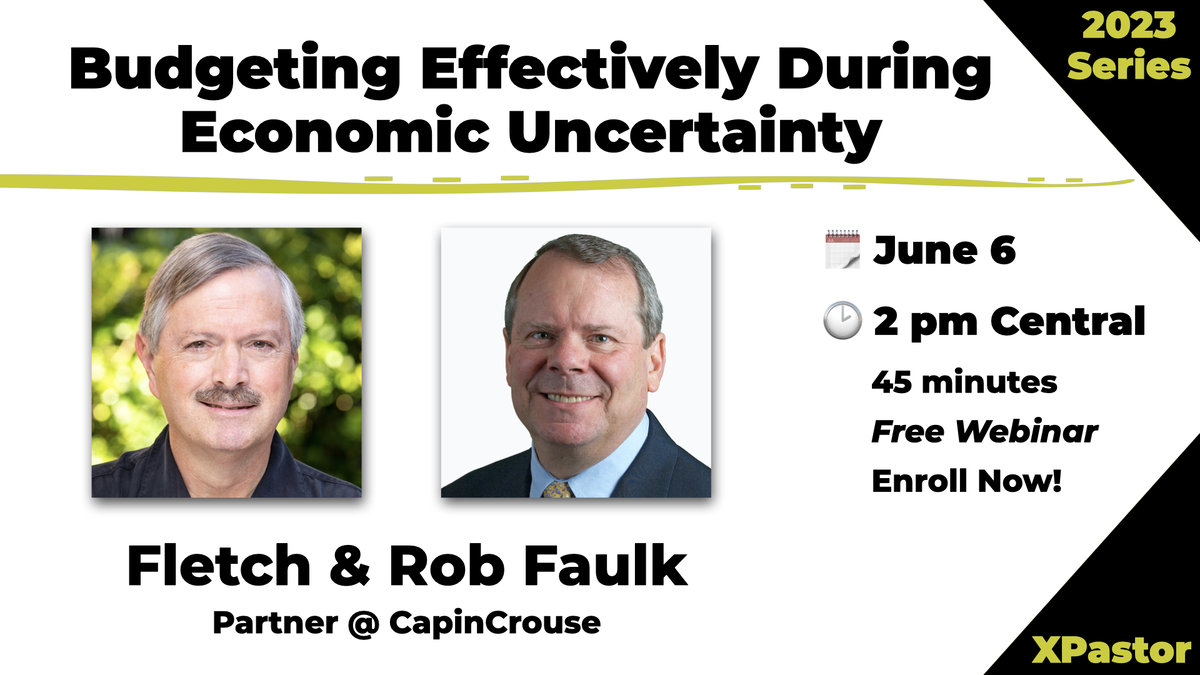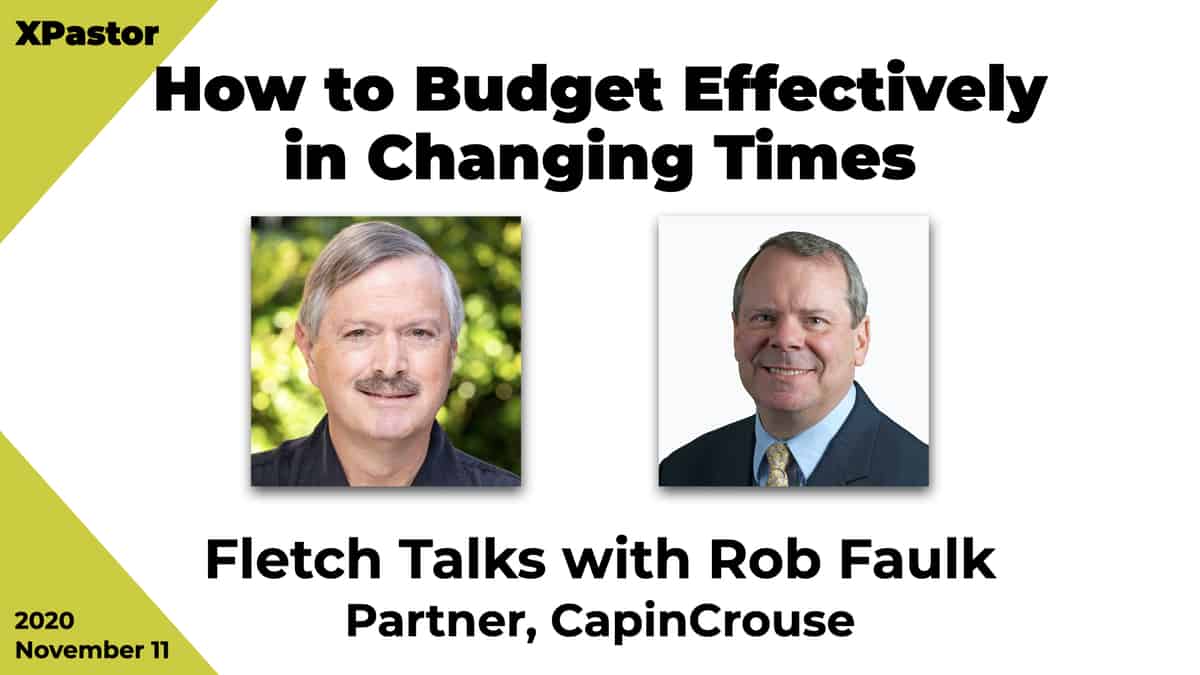I think David worked WAY too long, looking at WAY too many line items on WAY too many departmental budgets. Don’t understand what I mean? Just read on, and be aware that his tongue was firmly planted in his cheek as he wrote. ~Editor
I do a great deal of work with budgets and I bet that you do, too. We are just finishing the budget cycle at my church, the culmination of $10 million of planning in a four-month long process. By the end of the budget process, with thirty pages of detailed line items, my mind is numb.
For all of my hard work, I just learned of a better way to do budgets—the “zero-zero” based budget …
Step 1
Get a dartboard and tack up some target numbers. Have senior staff play darts until the winner hits the “lucky” number. This number is now your official target budget number. This year, the number is 4%. Don’t share this number yet.
Step 2
Divide the current budget number by the target number to get the target budget increase ratio. Then, take the inverse root of that number and correlate it to the Gross National Product of Sweden (as Sweden is always an early predictor of furture economic expansion). This is the secret “strad” formula (think of playing darts backwards). Add in more mumbo-jumbo of verbosity according to personal taste and regional dialect. Your “strad” formula will return the 4% number from Step 1. Publicize the number based on the secret “strad” formula. Have all staff shoot for this 4% “strad” increase in their budgets over last year.
Step 3
Since zero based budgets are so “last year,” promulgate “zero-zero” based budgets. We can do no better than by using reduplicated words. If anyone complains, tell them that the perfect tense is formed in koine Greek with a duplicated second aorist root, and thus the New Testament points to “zero-zero” based budgeting in the original language. Let everyone know that “zero-zero” is the latest thing that Apple is using, or some other important company. “The church needs to emulate. We all know that business is better than the church, so if business does it, then so should we.” In “zero-zero” budgets, everyone assumes a zero-based budget, but then uses zero targets from their current budget, amplified by the 4% “strad” target. Essentially, all departments are provisionally increased by 4%.
Step 4
Have numerous committee and departmental meetings. Negotiate and squirm over the numbers and details. In every meeting, push plenty of agonizing stories of ministry and young children in rooms without enough supervision. Yet, by the end of the discussion, mysteriously return to a 4% “strad” increase for each department. Many staff and leaders will praise you. Your new “strad” method and “zero-zero” based budgets will be the hit of the church.
Conclusion
The only problem is what Pa will say to Ma after the annual meeting approves the budget:
“I didn’t understand a durn thing that they says about the budget. It was like they put some numbers on a dart board and finally hit one of ‘em.”
If you don’t like “zero-zero” based budgeting from candy land, stay with more tried and true approaches …







